Hand therapy intervention activities for Chemo-Induced Peripheral Neuropathy (CIPN)
Filed under Treatments
Blog Post Written By: Rita Steffes
Patients with CIPN may present with symptoms that include numbness, tingling, hypersensitivity to cold, loss of tactile or vibration sensitivity, decreased balance, and shooting burning pain in their hands These symptoms make it difficult for oncology patients to participate in all activities of daily living with dressing, meal preparation, writing, and texting. Research supports that intervention planning for patients with CIPN benefit from a combination of sensorimotor training, resistance training, and endurance training.
- Coin rice search with a towel covering the bowl: This enhances the patient’s sensory system and tactile awareness while being desensitized to the tactile input of the rice.
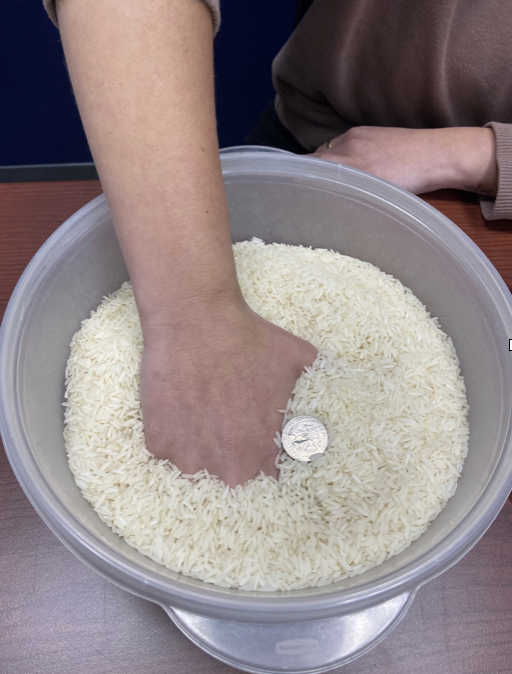
- Button book: Patients experiencing CIPN may have difficulties completing dressing tasks with buttons and zippers due to loss of tactile awareness and numbness. This activity increases fine motor coordination with sensory input from the activities materials, allowing patients to work on the functional task of buttoning and unbuttoning different sized buttons.
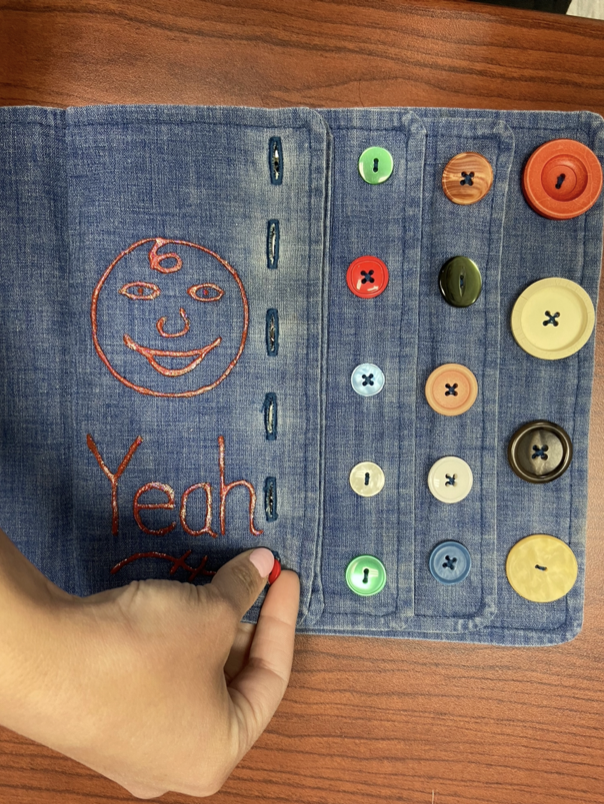
- Vibration tools: Patients may benefit from sensorimotor activities that promote vibrational input, helping to increase awareness and help with numbness and pain.

- Table sled: The patient works to push this sled back and forth promoting a push and pull motion. This activity is a great intervention for resistance training individualized for the client by easily being able to increase or decrease with weights on the sled that match the needed resistance for the patient.
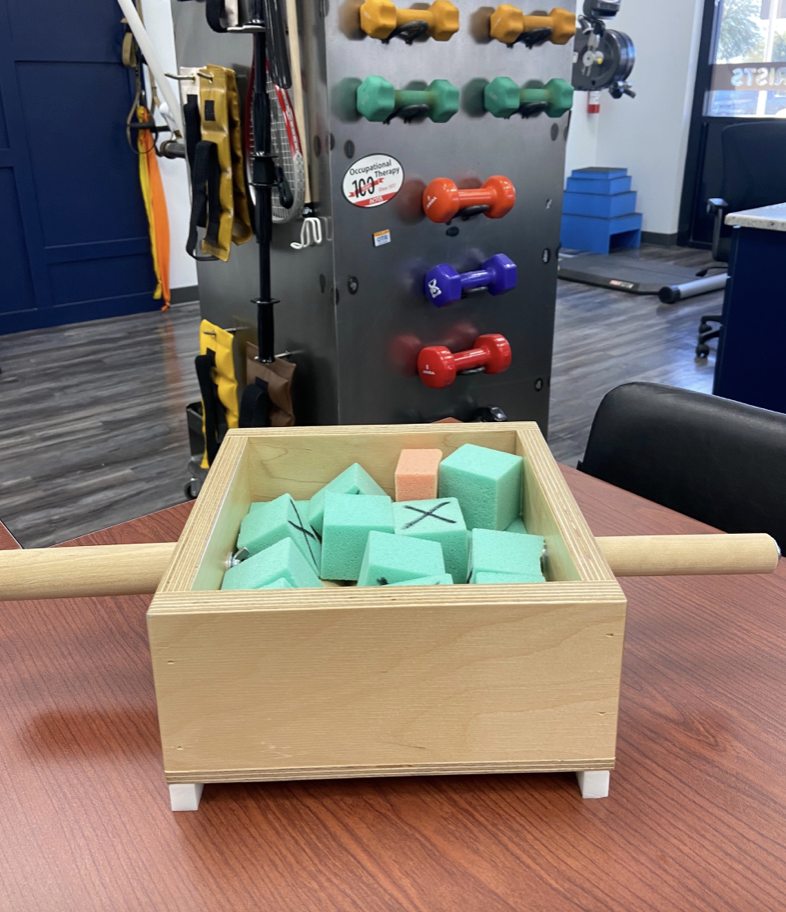
Tofthagen, C., Visovsky, C., and Rodriguez, R. (2017). Chemotherapy-induced peripheral neuropathy: An algorithm to guide nursing management. Clinical Journal of Oncology Nursing 17 (2), 138-144. DOI 10.1188/13.CJON.138-144
Kleckner, I. R., Park, S. B., Streckmann, F., Wiskemann, J., Hardy, S., and Mohile, N. (2021). Clinical and practical recommendations in the use of exercise, physical therapy, and occupational therapy for chemotherapy-induced peripheral neuropathy (peripheral neuropathy occupational therapy).
4 Comments
Leave a Comment
More To Read
Test for Distal Radial Ulnar Joint of the Wrist
Ballottment Test for Wrist DRUJ Reliability and Validity Analysis of the Distal Radioulnar Joint Ballottement Test Nagashima, M., Omokawa, S., Hasegawa, H., Nakanishi, Y., Kawamura, K., & Tanaka, Y. (2024). Reliability and validity analysis of the distal radioulnar joint ballottement test. The Journal of Hand Surgery, 49(1), 15–22. https://doi.org/10.1016/j.jhsa.2023.10.006 The Skinny: Distal radioulnar joint (DRUJ)…
Read MoreVideo Augmented Hand Therapy after CVA with hemiplegia.
The previous rapid review discussed the positive outcomes of video-augmented hand therapy after a CVA with hemiplegia. Please watch this vlog to discover how to make the video augmented box to make it easily integrated into your clinic. Video By: Shannon Skowbo
Read MoreComparing Edema and Lymphedema: Understanding the Differences and Treatment Approaches in Hand Therapy
Comparing Edema and Lymphedema: Understanding the Differences and Treatment Approaches in Hand Therapy As hand therapists we often encounter patients presenting with swollen arms, hands, and/ or fingers, often attributing these symptoms to various conditions. Two commonly confused terms in this area are “edema” and “lymphedema.” While both involve swelling, they have distinct causes, presentations,…
Read MoreOutcomes of Rigid Night Splinting and Activity Modification in the Treatment of Cubital Tunnel Syndrome
Shah, C. M., Calfee, R. P., Gelberman, R. H., & Goldfarb, C. A. (2013). Outcomes of rigid night splinting and activity modification in the treatment of cubital tunnel syndrome (night splint for cubital tunnel syndrome). The Journal of Hand Surgery, 38(6), 1125–1130.e1. https://doi.org/10.1016/j.jhsa.2013.02.039 By: Sophia Grimm The Skinny: The purpose of this study was to…
Read MoreSign-up to Get Updates Straight to Your Inbox!
Sign up with us and we will send you regular blog posts on everything hand therapy, notices every time we upload new videos and tutorials, along with handout, protocols, and other useful information.


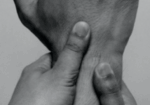
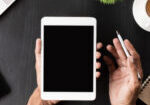



I have a patient with exactly this problem so great timing for this post! Some great ideas to make an interesting and fun programme for them.
Awesome! Glad it was helpful!
Hi Miranda!
Recently “Oncologist” published a paper entitled “Hand therapy interventions for the prevention of chemotherapy-induced peripheral neuropathy of the hands in patients with pancreatic cancer”.
Do you have experience on this prevention approach?
I have some chemotherapy patients in the hospital I work, in São Paulo, Brazil, and I’m doing some research to make as specific programme for them.
Thanks for the Post, they are always helpful. I’ve been learning a lot listening to you podcast too.
That is very interesting. I will have to check out that paper! I don’t have a lot of experience in this area. Let us know what you find out with your research. We would love to hear about it. Thanks for you kind words. We love sharing the information.